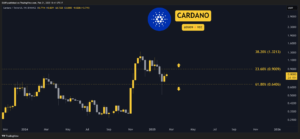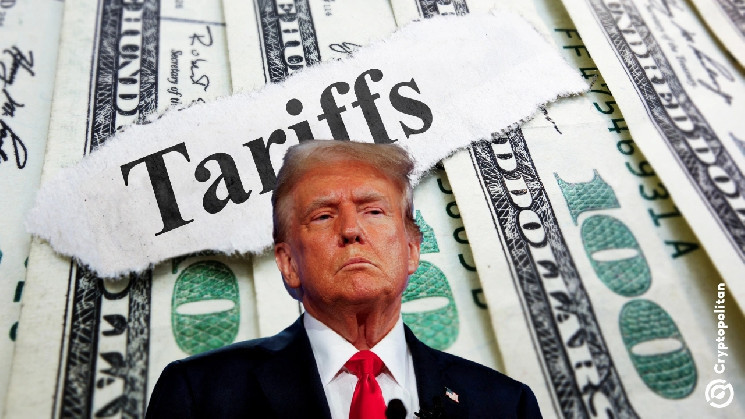The Federal Reserve might be forced to cut interest rates if president Donald Trump’s tariffs push inflation higher. Officials at the Fed held rates steady in January, but the new meeting minutes released on Wednesday showed some serious concerns about Trump’s latest tariff threats on cars, semiconductors, and pharmaceuticals.
The Federal Open Market Committee (FOMC) agreed that trade policies could keep inflation above the central bank’s 2% target, delaying their plan to ease monetary policy.
Speaking to reporters on Tuesday, president Trump said he’s considering a 25% tariff on key imports, a move that could hit supply chains and drive up prices across industries.
According to the Fed’s minutes, officials warned that businesses would likely pass higher costs onto consumers, which could force the central bank to keep rates high for longer—or eventually cut them if economic conditions worsen.
Fed warns tariffs could stall inflation fight
“The effects of potential changes in trade and immigration policy, as well as strong consumer demand, were cited as risks to the inflation outlook,” the January minutes said.
Officials pointed out that businesses across many Federal Reserve districts reported concerns about tariffs driving input costs higher, leading to price hikes on consumer goods. The minutes said:
“In support of its goals, the Committee agreed to maintain the target range for the federal funds rate at 4-1/4 to 4-1/2 percent. Members agreed that in considering the extent and timing of additional adjustments to the target range for the federal funds rate, the Committee would carefully assess incoming data, the evolving outlook, and the balance of risks.”
Trump’s trade policies complicate Fed’s decisions
Trump’s latest tariff plans would expand existing duties and introduce new ones on autos, pharmaceuticals, and semiconductors— all sectors that are very important to the US economy. The president has already imposed some tariffs on China, but his new proposal will take things further, likely disrupting supply chains and putting more pressure on prices.
Trump told the reporters on Tuesday that: “We’re looking at tariffs of 25% on cars, big tariffs on pharmaceuticals, semiconductors—we have to protect American jobs.” While he didn’t give a timeline, he made it clear that his administration is moving forward aggressively.
Despite concerns over Trump’s tariffs, Wall Street earnings reports have been strong, with many companies choosing to focus on upcoming business tailwinds rather than trade risks. Goldman Sachs’ chief economist Jan Hatzius, in a Monday research note, described the situation as “animal spirits over tariffs.”
Hatzius said that excluding energy companies, real revenues in Q4 2024 climbed 3.2% year over year, largely due to resilient consumer spending. Businesses are also benefiting from Trump’s deregulation push, which has boosted corporate confidence.
“Deregulation might not be a near-term tailwind, but broader optimism and capex expectations have improved sharply … reinforcing our above-consensus capex view for 2025,” Hatzius wrote.
Manufacturing is also seeing gains. The Institute for Supply Management’s (ISM) purchasing managers’ index for manufacturing reached its highest level in two years last month, signaling strength in the sector. Hatzius added that increased spending on new factories, artificial intelligence, and tax incentives will drive business investment growth by about 5% this year.
The Fed minutes said that: “The Committee would be prepared to adjust the stance of monetary policy as appropriate if risks emerge that could impede the attainment of the Committee’s goals. The Committee’s assessments will take into account a wide range of information, including readings on labor market conditions, inflation pressures and inflation expectations, and financial and international developments.”
Read the full article here










